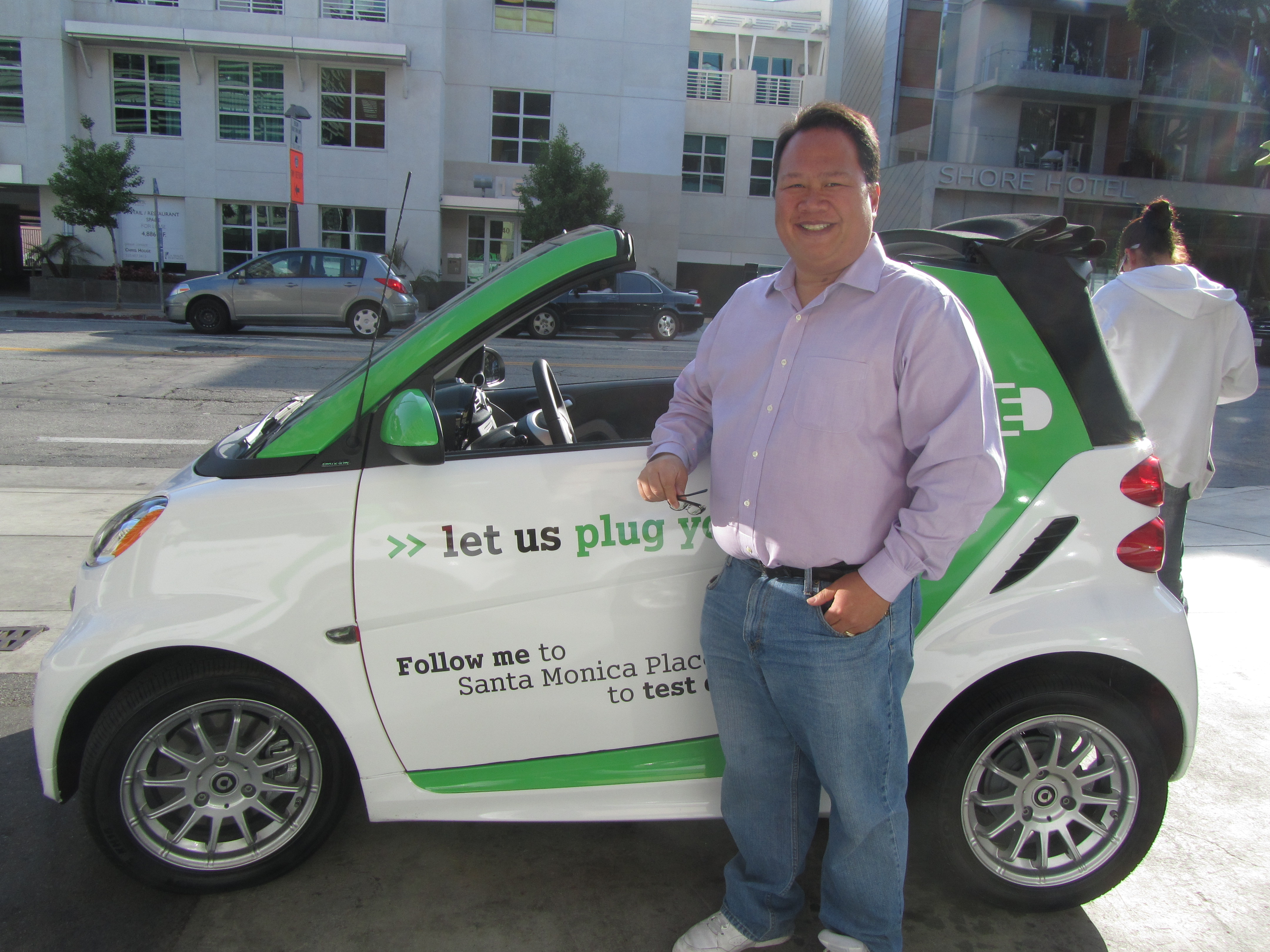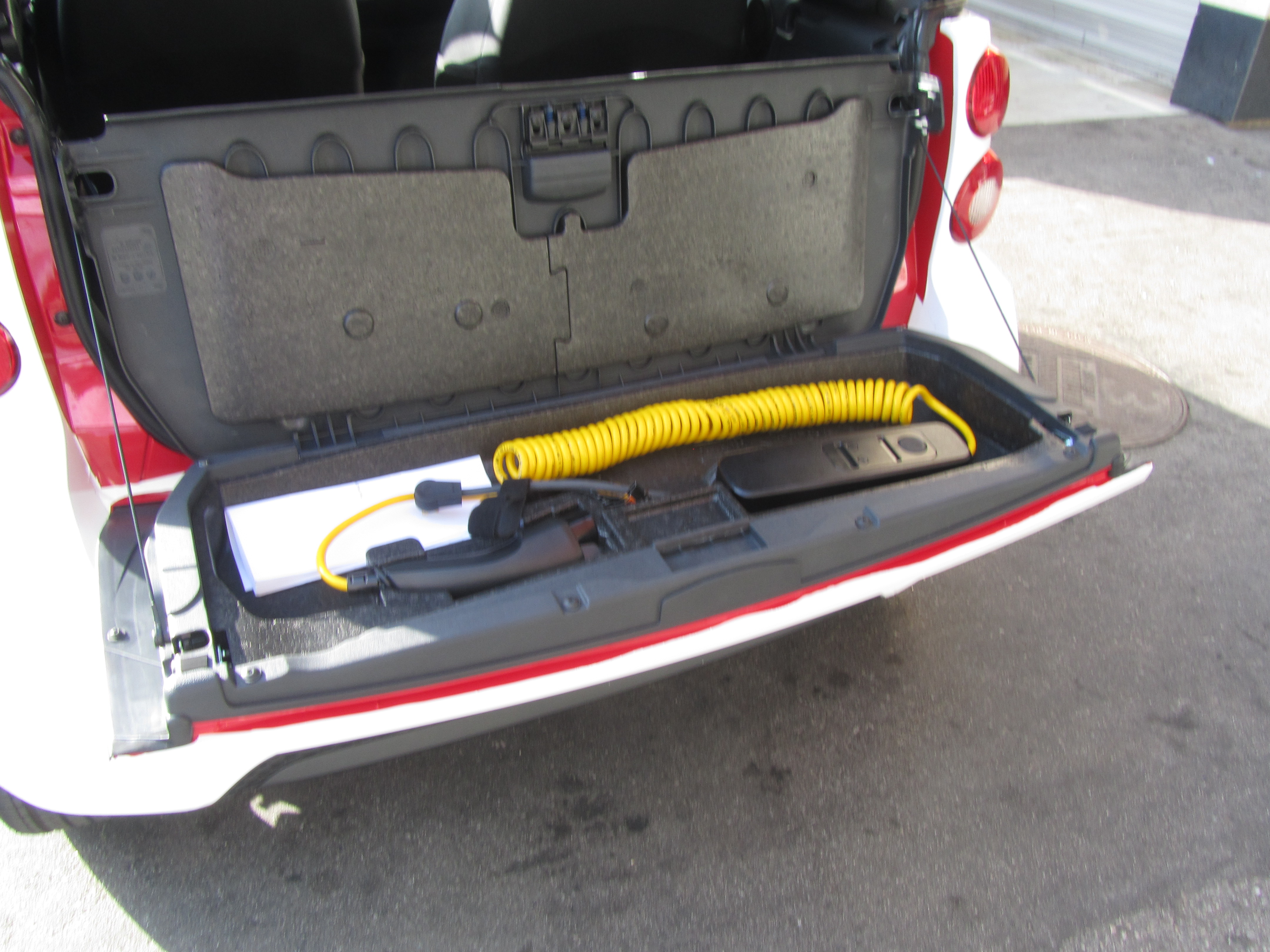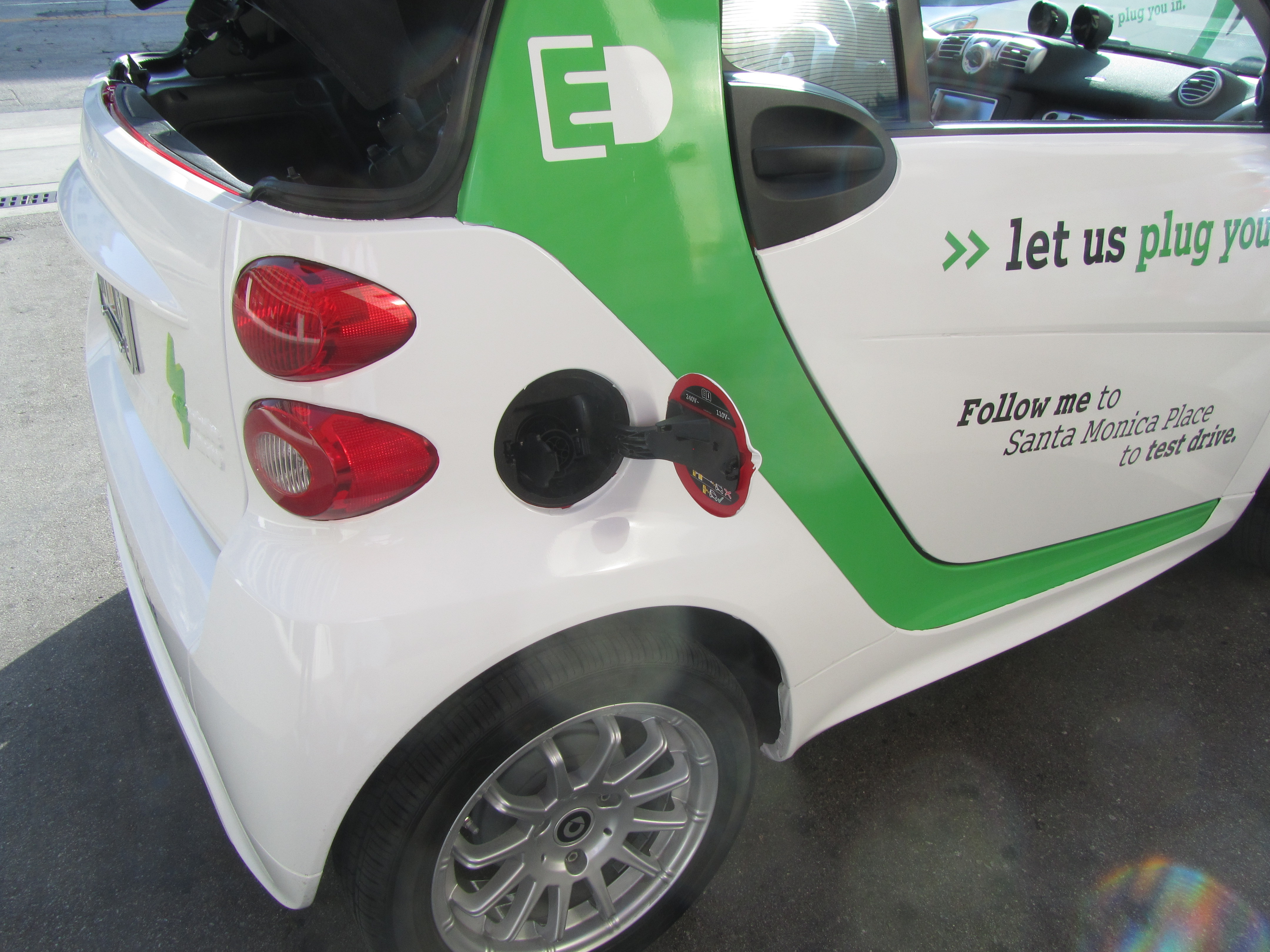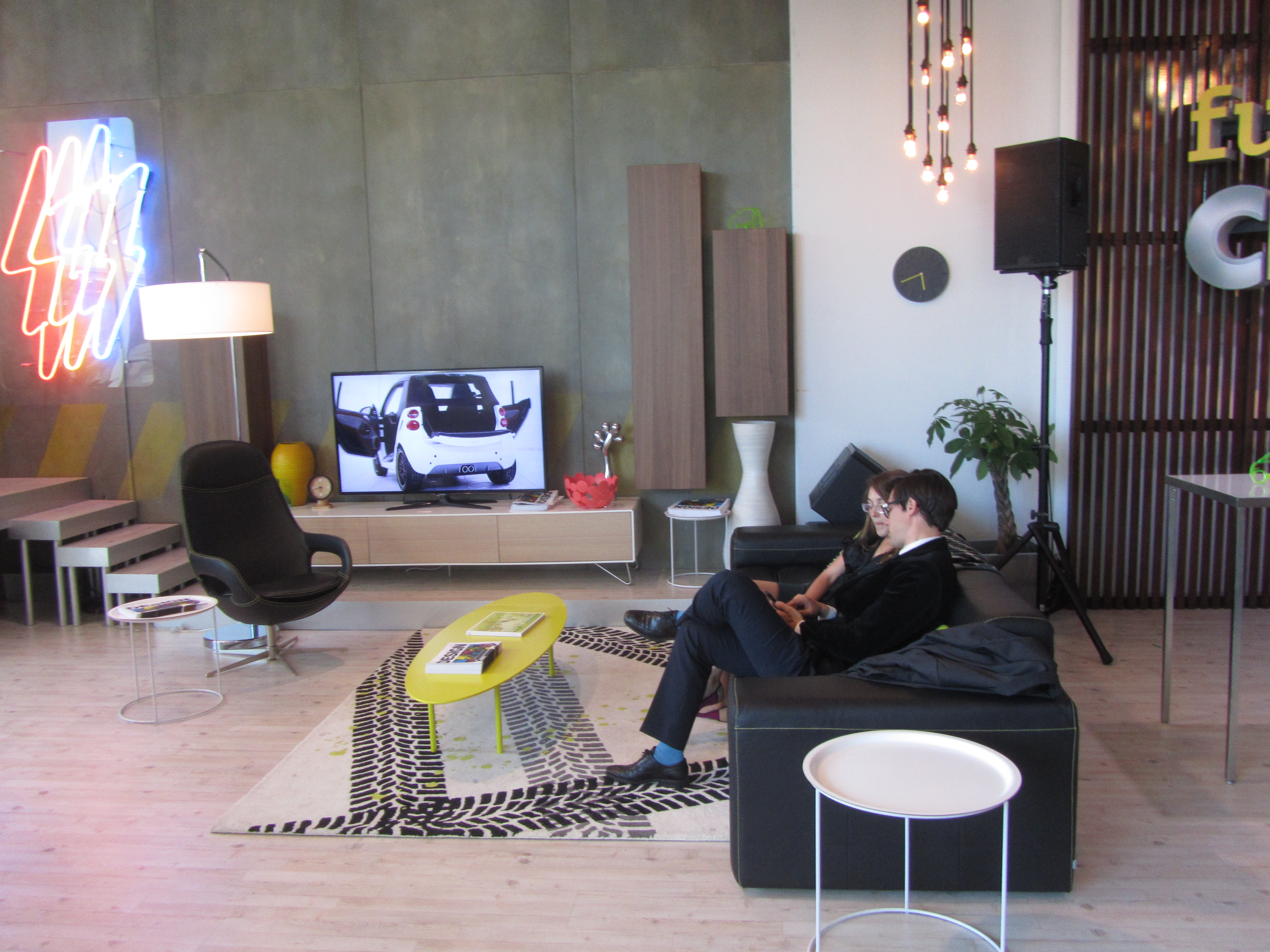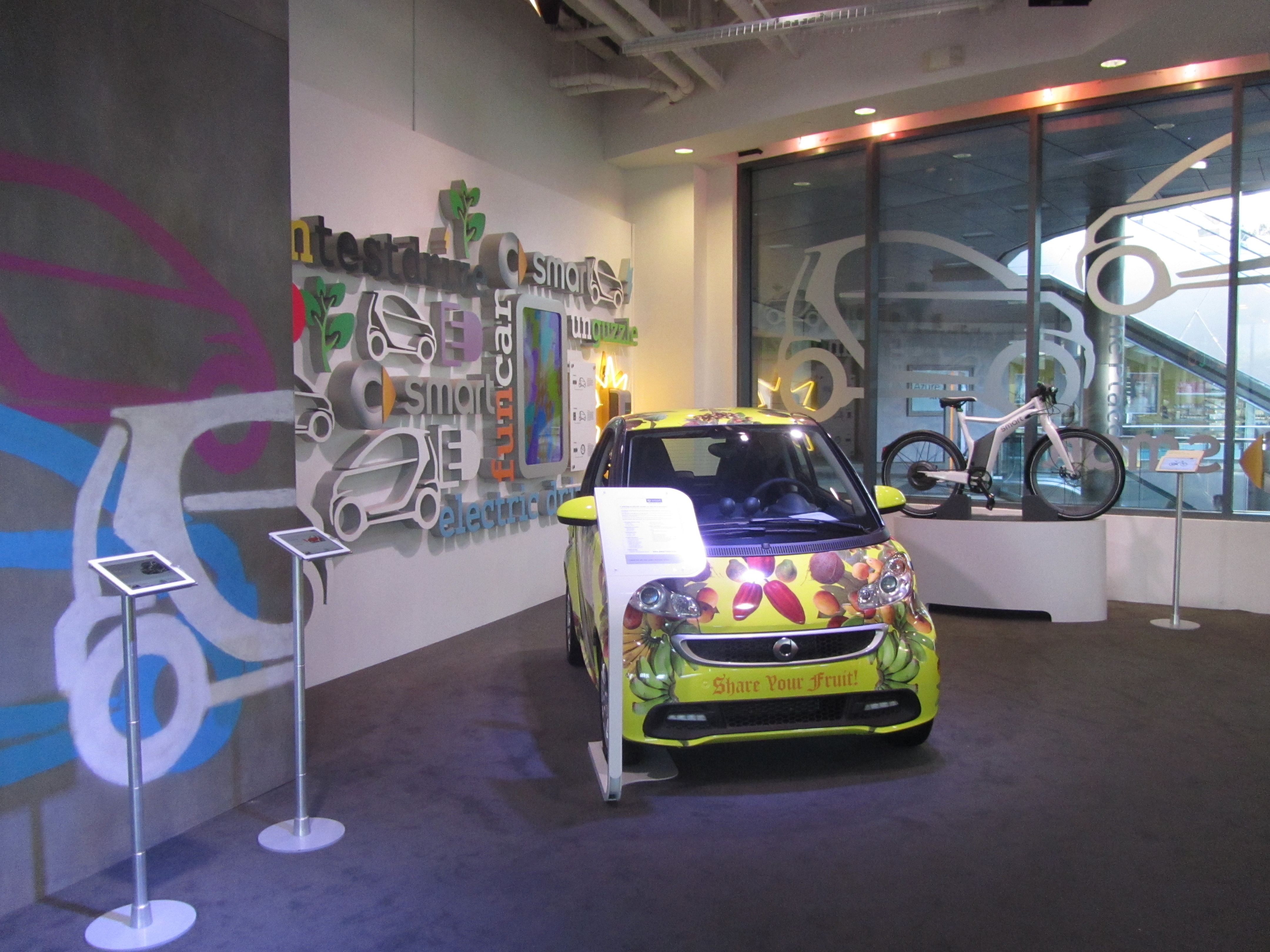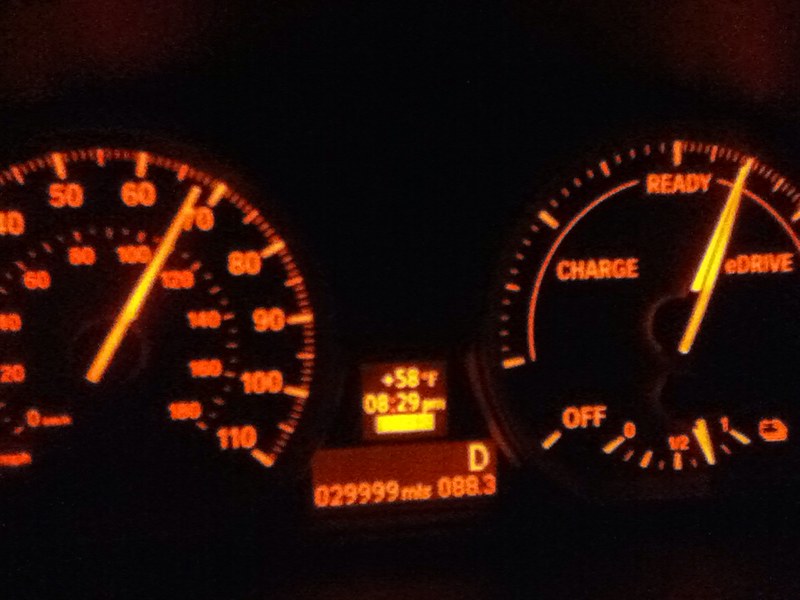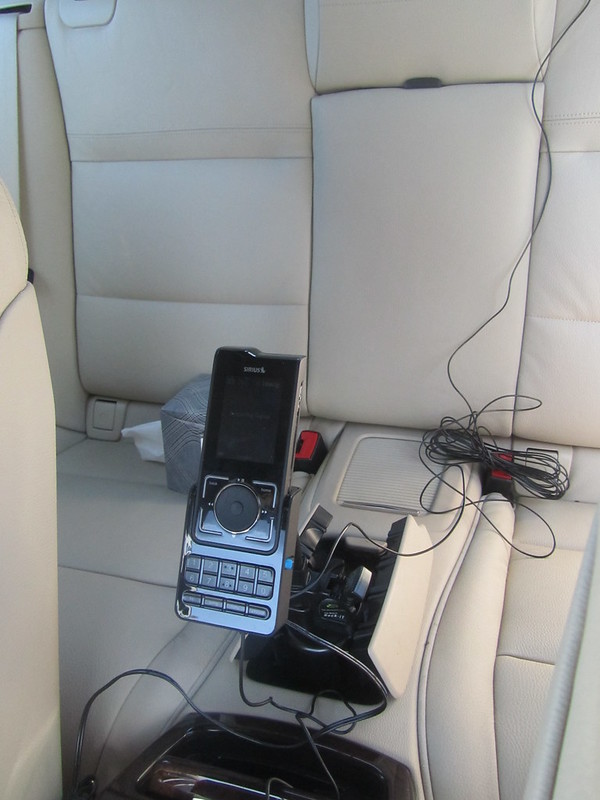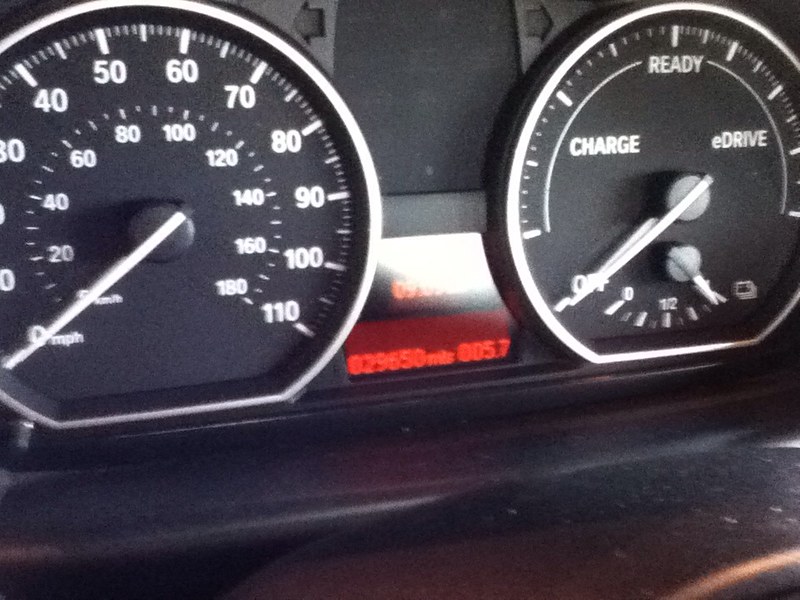One of the folks that I like to read often is Tom Moloughney’s blog (Aka Electronaut One) and he’s been writing about Battery Capacity loss and giving some hints on how to help mitigate it. As many readers know, it would seem that I am one of the higher mileage Active E drivers. I’m currently a little over 30,000 miles in a little over 14 months. And I find it hard to follow some of his advice as I tend to have to drive the mileage that I do and can’t really get to where I’m going comfortably if I decide to only charge to 80% SOC, so… I don’t. Regardless, the dangers of high mileage EV use is Battery Replacement! So at a little over 30,000 miles these past 14 months and change on the EV portion of my hybrid garage.
Some of the things to consider as we’re nearing the second month of samples of my Volt inspired sample of my hybrid garage. In my initial month, I did approximately 85% Electric vs. 15% Gasoline. This past month so far, I’m closer to 70% Electric vs. 30% Gasoline and a lot of that was because I decided to be a little more Rage Sane than Range Insane to my drive to Morro Bay.
Regardless. If folks decide to look deeper into my samples, they would notice that I haven’t driven my approximately $0.20 to $0.25 per mile BMW X5. This was originally because of choice than anything else. I didn’t really need to haul anything larger, pick anyone up at the airport with lots of luggage, or just feel “bigger” than the rest of traffic. So, the car sat at the garage. Well. It’s a nearly 12 year old car. A couple of weeks ago, I figured to start it… And Lo and Behold, it wouldn’t start. The battery was dead. The last time I bought a battery was less than six years ago, but one of the dangers of running a hybrid garage is IGNORING your ICE vehicles. Granted, this was the same challenge when my HOV capable vehicle was a Honda Hybrid Civic. But that car was not nearly as fun to drive as ANY of my BMWs. So, I drove the X5 a little more than we do now.
The Morro Bay drive went convertible top because the weather was ideal for it. We could have easily spent more money and gone with the X5 because we were headed into Santa Barbara and Central Coast Wine Country and could’ve opted to have space for a few cases, comfortably.
Regardless, the battery died. It had to be replaced. Luckily, the last replacement still had nine months left on its warranty and we got a 9/72 partial refund on the older battery to make our replacement approximately $120 after taxes. Basically the refund covered $17 of a totally brand new battery.
This experience has gotten me thinking of Tom’s write up and battery replacement in general. Tesla has just released an enhancement to its service and repair program that includes an enhancement to the coverage of the battery pack. They’ve already spelled out the cost for the 60 KwH and the 85 KwH battery packs ($8,000 and $12,000 respectively, I believe.) The Nissan Leaf’s battery capacity warranty has been spelled out in terms of what to expect over time and mileage I believe. i.e. 80% SOC on year 5 or something like that.
BMW i needs to do the same thing for the battery packs for the i3 and i8 when the cars are released or even slightly before the release of the car. As Tom champions, I second the motion. Potential purchasers of the i3 (of which I continue to hold on to hope that our second EV will be, though that Fiat 500e sure looks aesthetically pleasing to me… even though the Fiat does remind me of a gumdrop, but I digress,) will need to be able to compare EVs to each other. However as the aforementioned Tom Moloughney wrote, the Fiat 500e and the i3’s battery systems are identical, so I don’t really need to compare these specific cars (unless there’s a change in how each company regulates the temperature of each vehicle.) for what the expected battery loss figures would be. It’s not just EVs that lose capacity/capability as it ages, ICE cars also lose power as the cars age. That’s just entropy in action. It’s just front and center to EVs. I don’t necessarily like to lease my cars, regardless of what fuel motivates it. I would much rather own it outright and just pay for the things that keep it moving.
So, barring such information on battery replacement from most manufacturers, it would just be the responsible thing to do to put away some of the “gasoline savings” aside into a fund for a rainy day. Whether one save approximately $10,000 (the figure between the two Model S published numbers) or less is entirely dependent on the EV owner’s resources and ability to save. I think that it is prudent to put aside half of what a future EV buyer saves on gasoline toward purchasing a replacement battery pack in the future. I didn’t come to this number through ANY analytical means, just a guess, if you will.
